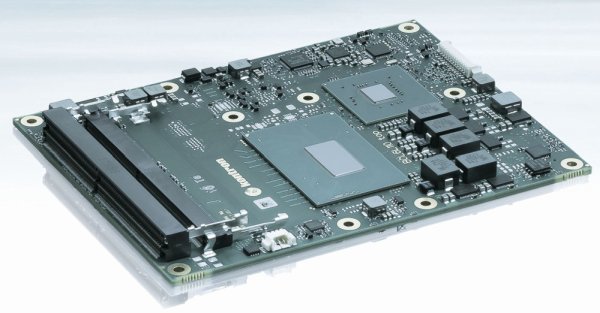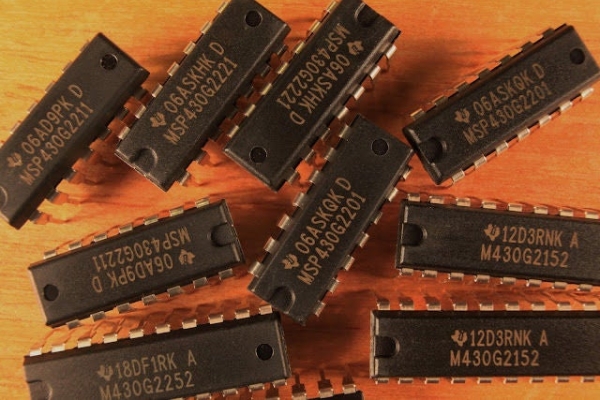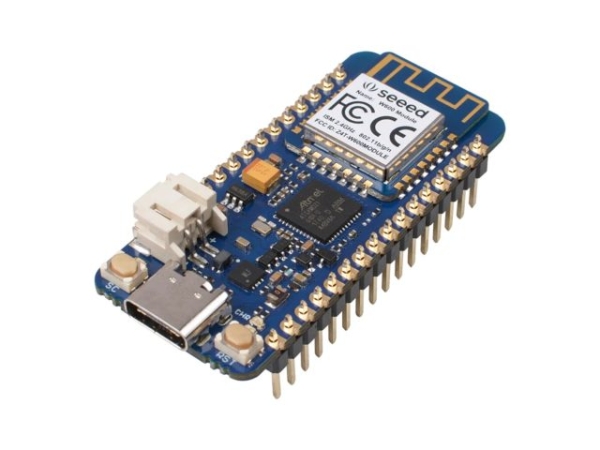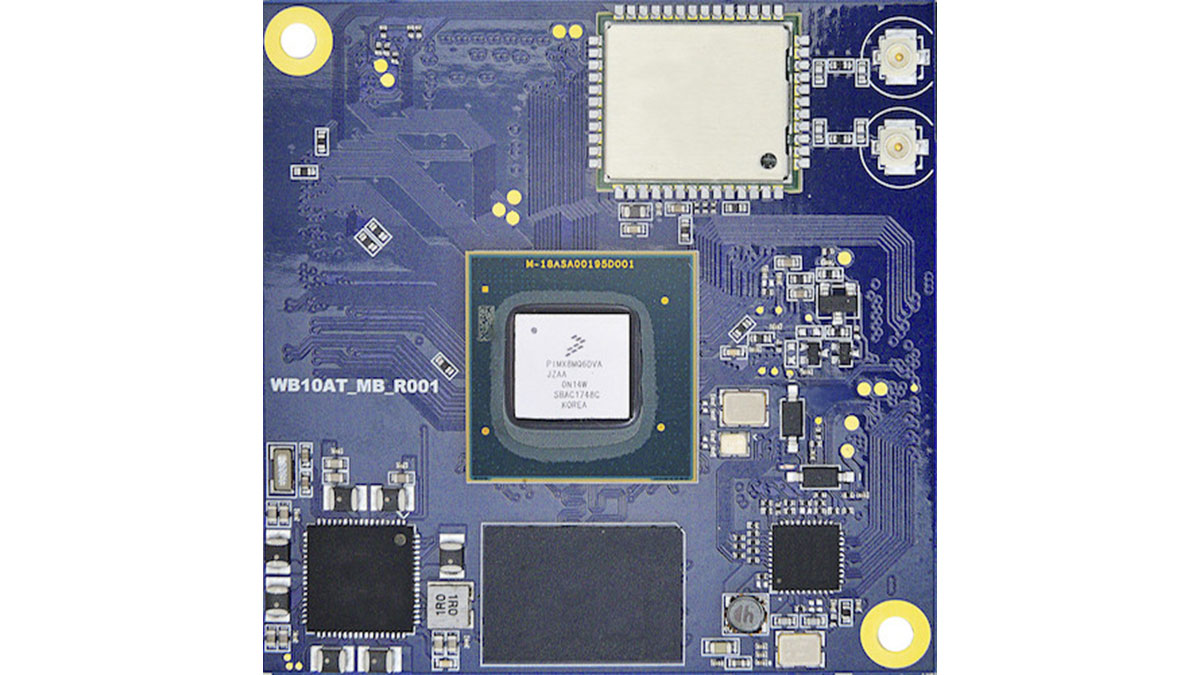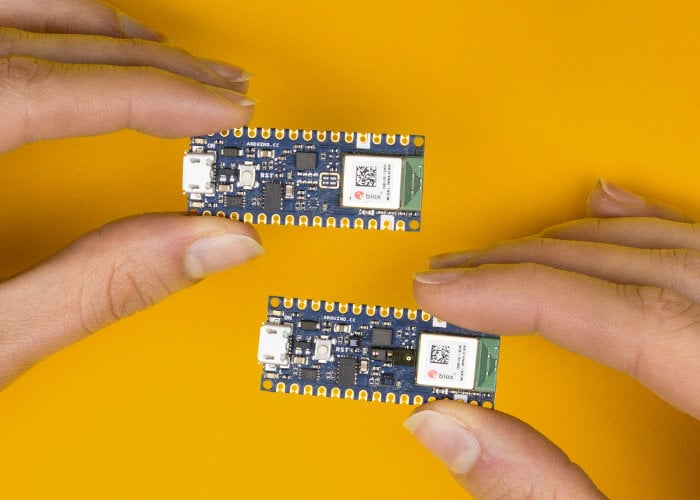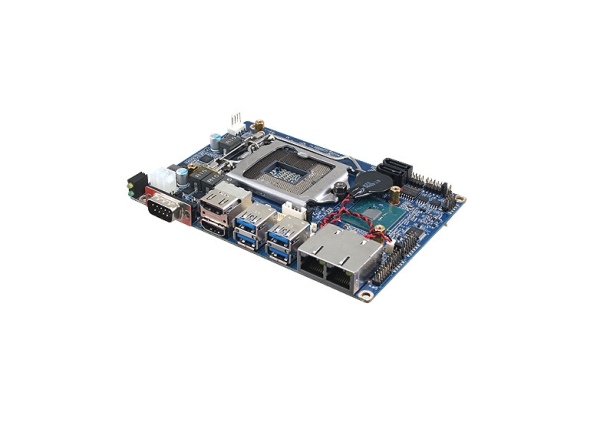Kontron’s Latest COM Express Features Intel’s 8th Gen Coffee Lake Processors
Kontron, a Germany based company has published its first product based on Intel’s 8th Gen “Coffee Lake” processors. The COMe-bCL6 joins other “Coffee Lake” based COM Express Basic Type 6 modules including the Congatec Conga-TS370 and Seco COMe-C08-BT6, which were announced early this month. The COMe-bCL6 feature set is very related to all these products, with Coffee Lake […]
Kontron’s Latest COM Express Features Intel’s 8th Gen Coffee Lake Processors Continue Reading

